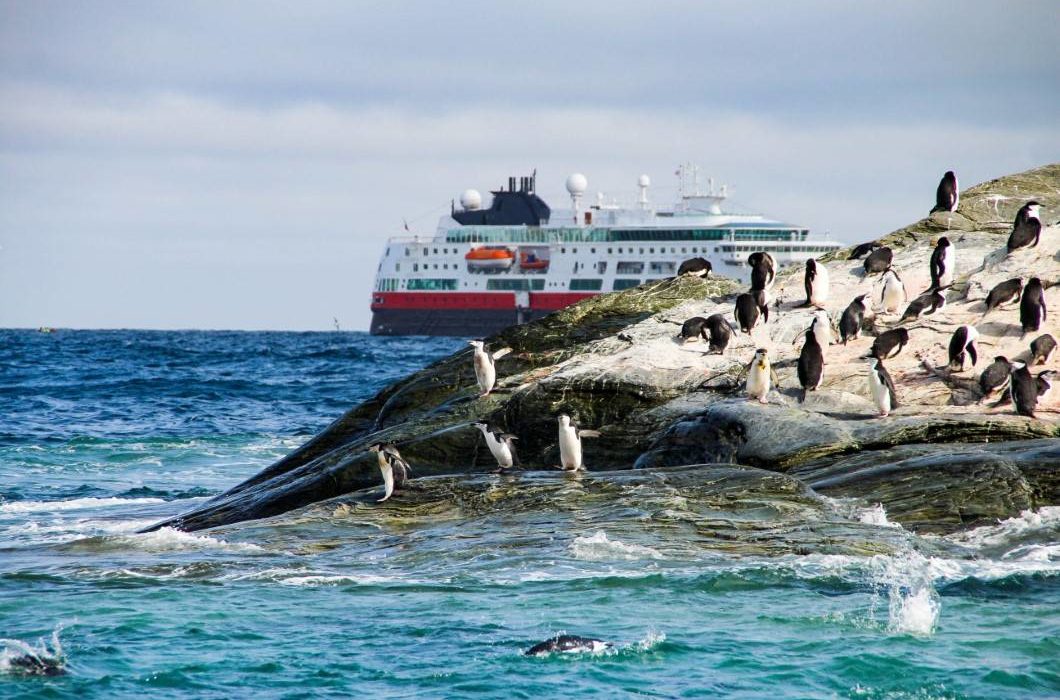
You might also like:
More and more tourists visit the region around Half Moon Island on Antarctica. This season – spring and summer in the southern hemisphere – 80,000 visitors are expected to come to the Antarctic Peninsula. That would be 40 percent more than last year for Antarctic tourism.
Out of the sea, there rise bizarre icebergs that look like weightless origami formations. There is snow on the beach, but the tourists venture into swimming trunks, penguins watch them with interest.
The animals don’t seem to mind the intruders in neon-colored functional clothing. Sea lions and seals lounge in the sun, majestic whales glide through the waves, penguins waddle clumsily through the snow.
Half Moon Island belongs to the Southern Shetland Islands to which Argentina, as well as Chile and Great Britain, claim to belong. The island can only be reached by boat or helicopter.
Antarctica is “like the heart of the earth,” says Marcelo Leppe, director of the Chilean Antarctic Institute. It expands and contracts again like a beating heart. The powerful current that moves around the continent works like a circulatory system that absorbs warm currents from other oceans and redistributes cold water, the scientist explains.
The Antarctic headland, which stretches north towards Tierra del Fuego, is warming rapidly. The glaciers are melting and the current has brought microplastics into the ecosystem.
The tour operators affirm that their tours in Antarctica are environmentally friendly. “Take nothing but photos, leave nothing but footprints, keep nothing but memories”, is the common rule for the participants. Tourists also want to see Antarctica because the landscape may not be the same one day.
With their journey, through the emissions of flights and cruise ships, the tourists contribute to the destruction of the region, critics complain.
On Half Moon Island it is the spring breeding season for the Bridled Penguins, which bear their name because of the black stripe along the chin. They stretch their beaks into the sky and screech out of their rocky nests. “With this, they say to other males ‘This is my territory’ and maybe also ‘This is my female'”, explains ornithologists.
The colony contains 2500 penguins. During the past few years, however, it has become much smaller. The impact of visitors cannot be denied.
Source: tourism-review.com



